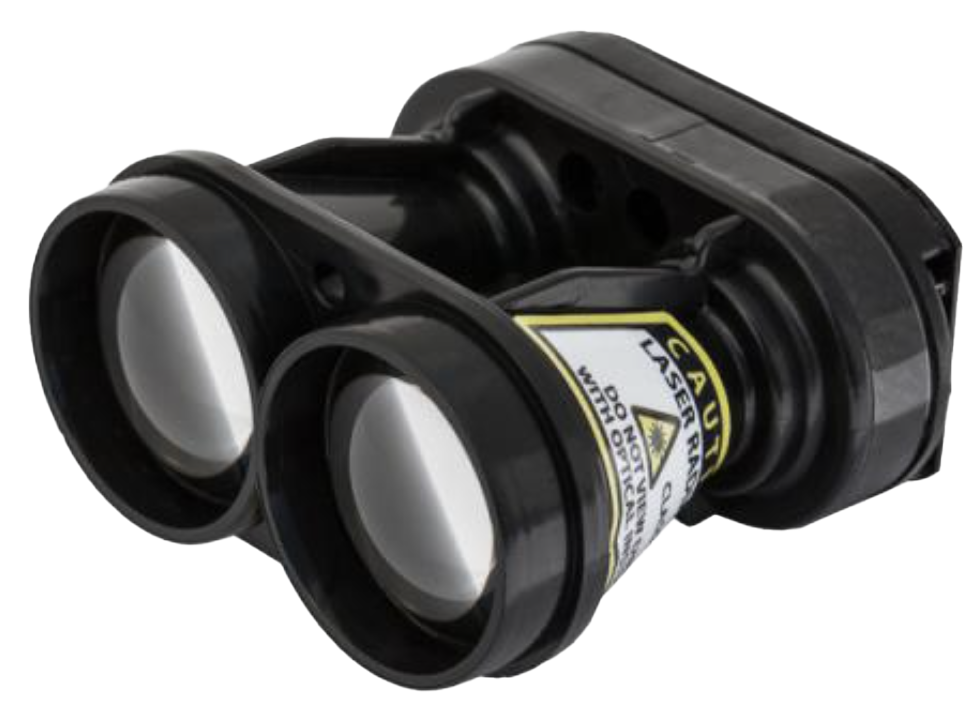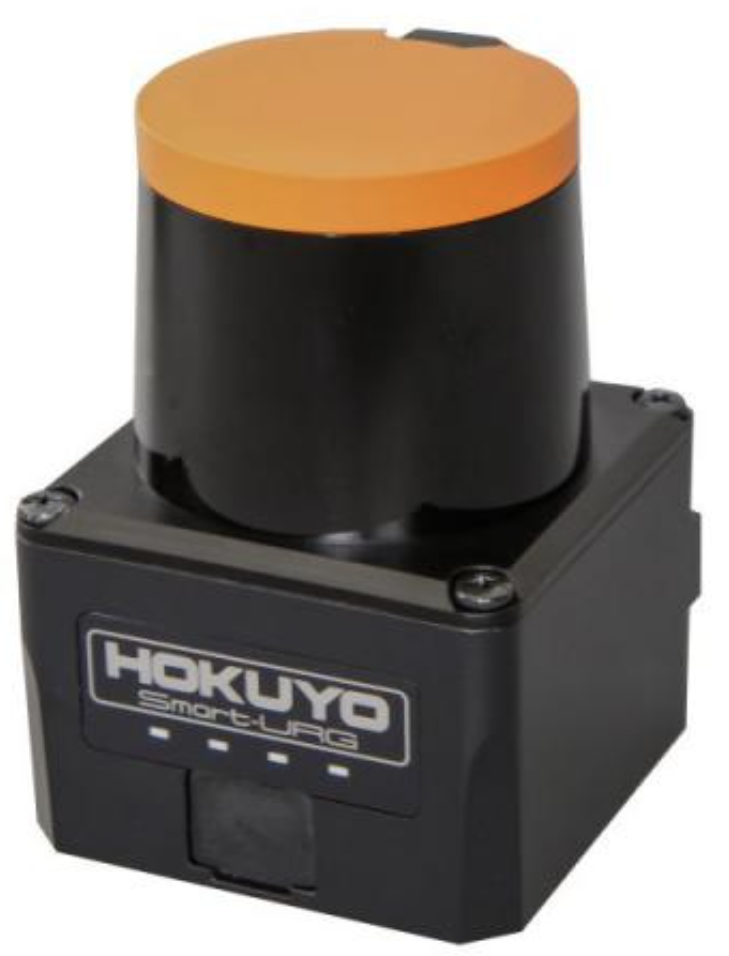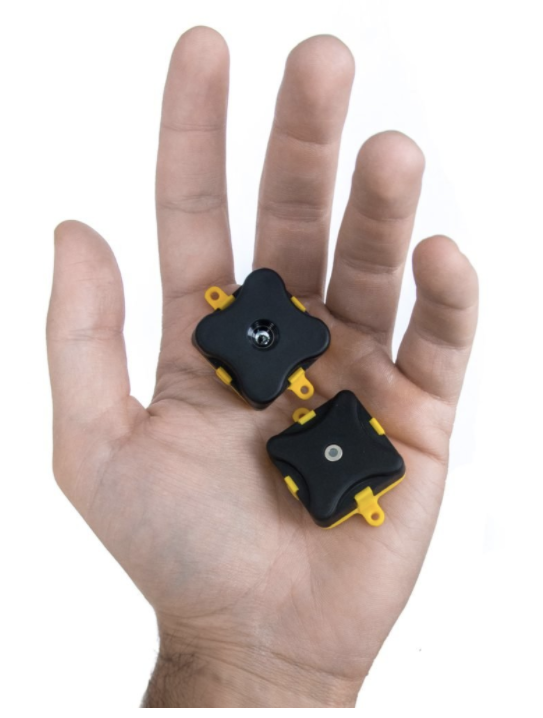Robotics and Automation Sensors
SENSORS ARE CRITICAL FOR CONTROL SYSTEMS
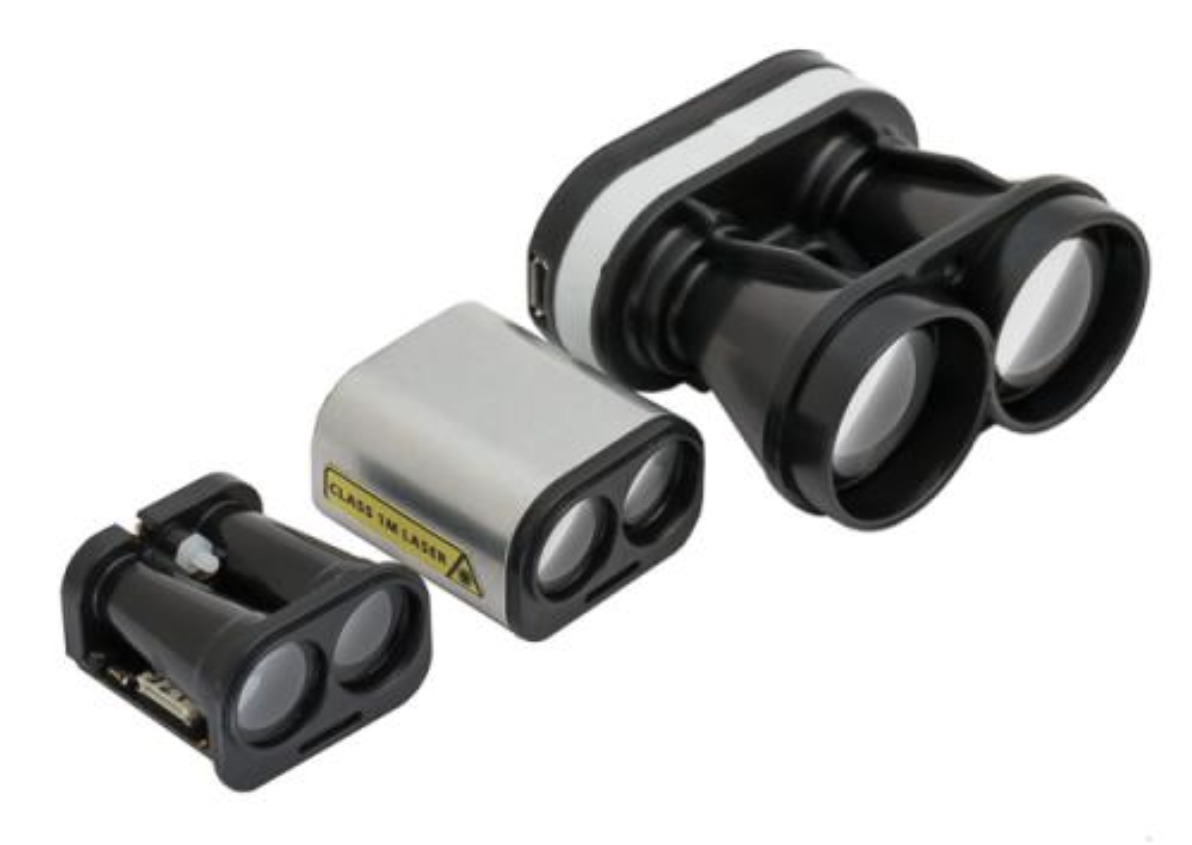
For automated and embedded control systems, sensors are as important for device safety and performance as the five senses are for humans. We use our senses of sight, touch, smell, taste, and hearing to navigate and manipulate our environment.
Robotic and automated systems rely on all kinds of sensors to detect obstacles, assess safety of surfaces, send and receive information, and perceive qualities of samples. LiDAR, radar, sonar, and thermal sensors provide the information required by systems to perform their intended purposes.
An argument can be made that the importance of quality sensors is greater than any other aspect of a system. Investing in sensors that are appropriate for your designs and purposes allows other components to respond to the correct stimulus with the right action.
To put it another way, a system’s performance and ability is limited by the amount and quality of data reported to it. How do you increase the amount and improve the quality of information? Get great sensors!
Acroname’s selection of sensors is curated to be applicable for a wide variety of systems applications and use cases. We carry brands including (but not limited to) Hokuyo, Lightware, Yujin, Terabee, and Devantech.


BENEFITS
An array of sensors can be designed and combined to improve your business, organization, or company’s efficiency at any level. Sensors can be utilized for parking management, inventory/stock measuring, manufacturing, energy efficiency, and virtually any other aspect.
Efficiency, of course, is one way sensors can improve your business. Sensors have the ability to count, measure, and assess quantities and qualities at higher speeds and in greater detail than that of a manual process.
Another area of improvement from sensors is safety. With sensors, you have the ability to automate and inform minute and large-scale aspects of your manufacturing with the result of reducing workplace hazards.
With less manual safety protocols and higher unit efficiency, productivity will increase. Applying sensors that are appropriate to your specific manufacturing or testing environment can increase uptime and get more product to market, faster.
If there’s data, it’s likely a sensor (as part of a complete control system) can improve it. But which sensor is right for your system? LiDAR, radar, sonar, and thermal sensors all have numerous applications that occasionally overlap.
Contact us to maximize your budget when it comes to sensors. We have experience with all types and brands and can help you decide on the best solution for your unique problem.
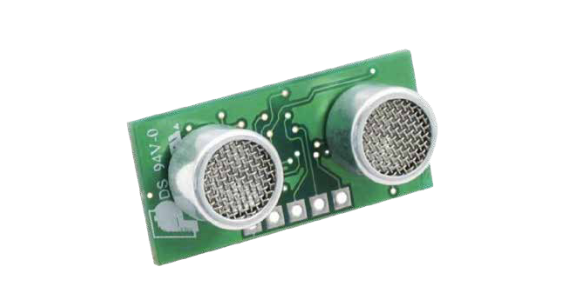
USE CASES FOR EACH SENSOR
LiDAR

Why is LiDAR so great?
No other sensor has gained a level of general popularity equal to that of LiDAR. While sonar and radar are commonly known, the advent of recreational and commercial drone use has catapulted LiDAR into the limelight.
The technology of LiDAR has been in use for around six decades but wasn’t widely applied until the 1980’s when it was used by NASA (nowadays it’s very likely to be in your smartphone!).
LiDAR uses the time of flight, or ToF, principle to measure distance. The time it takes for a pulse of light to leave and return to a sensor is converted to a distance measurement (given specific calibrations per use).
When Would You Use LiDAR?
Airborne systems lend themselves nicely to the use of LiDAR sensors. The sensors are relatively lightweight and can be used to navigate a UAV and perform its prime function (topography, oceanic mapping, SLAM, etc).
Because light waves have such short wavelengths, they can detect at higher resolution. This is why LiDAR is being used in 3D mapping and robot systems. They’re also used to count products or levels of fluids.
LightWare is one of our LiDAR brands that has a rich history and a helpful article on other use cases for LiDAR.
Radar

What is radar?
Radar uses the same principles as LiDAR, but with radio frequency waves instead of light pulses. The radio waves are emitted, “bounce” off of an object in range, and return to the transmitter.
The main functional difference between light and radio waves is that the wavelength of radio waves is longer than that of light waves. This makes radar a great choice for measuring or monitoring over great distances and for non-distinct, 2D measurements (think of opening an automatic door).
Would you use radar instead of another sensor?
That said, if you need a system to be aware of and respond to specific surroundings in high resolution, you may want to go with LiDAR. If you’re operating outdoors, where rain and clouds or other obstacles can obscure LiDAR, radar would be a better option.
Even with LiDAR around, radar is used in a wide variety of applications and industries. Examples include:
- Parking lot management
- Autonomous driving
- Gas analysis in industrial and medical fields
- Positioning of prosthetics or exoskeletons in sports
Sonar

How sonar works
Most people are familiar with sonar, thanks to nature documentaries about bats or dolphins. The echolocation of the animal kingdom is the same as that of sonar sensors.
Sound waves are faster in water than light and radio waves, so its applications are primarily in marine or oceanic use. For example, scientists for the National Oceanic and Atmospheric Administration (NOAA) use sonar to make nautical charts.
The two types of sonar
There are two types of sonar sensors: active and passive. Passive sonar sensors only receive sonar waves while active sonar sensors can send and receive sonar waves. To perform any sort of rangefinding with passive sonar you must use multiple sensors to triangulate a location.
Sonar sensor applications are compact and energy efficient–perhaps reasons why Tesla uses ultrasonic sensors in its “AutoPilot” self-driving automobile technology.
Thermal

How do thermal sensors work?
Thermal sensors are used in thermal imaging, which has applications for security and defense, medical, and industria environments. Like sonar and radar, thermal imaging does not produce a high-relief image–which makes it ideal for applications involved in maintaining confidentiality or privacy (such as falls in assisted living facilities).
What are thermal sensors used for?
Besides using temperature variation to produce an image or detect motion, the measurement of temperature is vital
to certain fields. Thermal sensors can detect leaks in gas lines or simply measure the temperature of someone’s forehead.
Since the COVID-19 pandemic has increased the need for accurate and quick temperature measurements, many thermal imaging technologies have adapted to be more specific and energy/space-efficient.
One benefit of thermal sensors is that they can be extremely compact. Terabee’s Teraranger Evo Thermal 90, for example, weighs only 10 grams.
OUR BRANDS
LightWare
LightWare is a company that has over 40 years working in LiDAR and prides itself on having the smallest LiDAR sensors (“microLiDAR”). LightWare bases its mission to advance humanity on a vision of LiDAR sensors being used everywhere to improve efficacy and efficiency.
With centers in the USA, South Africa, and the Netherlands, LightWare is expanding its reach to meet global demands. Their customer service team is dedicated to the success of their consumers.
- Robotics
- Unmanned aircraft (UAVs) and ground craft (UGVs)
- Self-driving vehicles
- Volume and level measurement
Hokuyo
Hokuyo Automation Co. “offers a full range of industrial sensor products for the factory automation, logistics automation and process automation industries.” Their products can be found in original parts manufacturing to end-product fabrication and everywhere in between.
Hokuyo combines state-of-the-art technology with unmatched service and support to provide sensors for every sector of manufacturing.
- Collision-avoidance sensors
- Safety laser and obstacle detection scanners
- Optical data transmission devices
- Laser rangefinders (LIDAR)
- And hot metal detectors
Terabee
Terabee is an international organization that has its roots in high-end drone services. They soon recognized a gap in small, rapid action sensors and control systems and filled that gap. Terabee makes some of the smallest LiDAR and thermal sensors.
Terabee products are particularly suited for array systems. They also have simple mounting and connection solutions. You should consider Terabee if you need compact, reliable sensors for various industries.
- People Counting
- Level monitoring
- Industrial Automation
- Sensor Modules
- And hot metal detectors
Devantech
Devantech is our one-stop shop for sonar equipment. Plus, they have a full-suite of adapters, relays, and interfaces to match their sensors. They’re a family-owned business that’s been a mainstay in the electronics business for over 30 years.
- Cables
- Communication adapters
- Controllers
- LCD displays
- LED Drivers
- Mains adapters
- Relay modules
- Robot kits and bases
- Sensors




